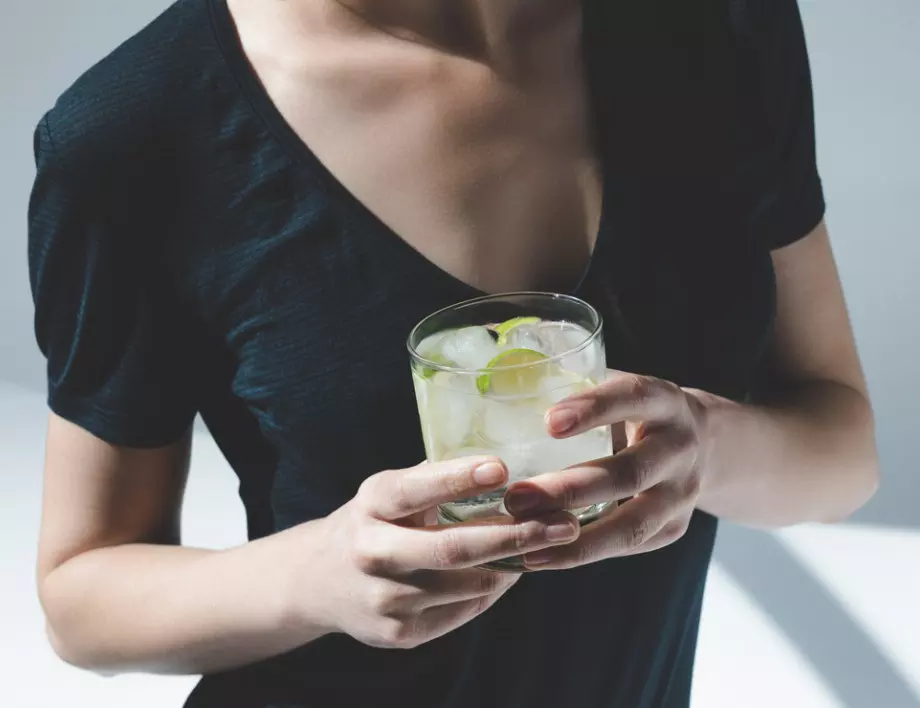Gin is an English classic alcoholic drink made from juniper cones, almonds, coriander, pansy root, angelica and other ingredients. The taste and smell of high-quality gin must be accompanied by the predominant aroma of juniper cones; the drink is always colorless, transparent, without mud and sediment.
Origin:
The name “gin” is a shortened version of the older English form genever, also related to the French genièvre and the Dutch jenever – which, after all, means “juniper”. As a rule, the alcohol degree of classic gin should not fall below 37.5 degrees. And as for the upper limit, the decision remains with the manufacturer, as it is usually around 47 degrees. Naturally, today gin is associated in our minds more with England – but it was invented in the Netherlands as early as the 13th century. The English got to know him through the soldiers who participated in the wars of the Netherlands in the 17th century. And London gin as we know it now appeared about 150 years later. The famous combination of gin and tonic has its origins in India. The British colonial administration there, faced with tropical diseases, of which malaria was the most dangerous, sought ways to treat them. An effective antimalarial was quinine, which has a very bitter taste. In order to dilute this bitterness, gin was added to it. Today, most gin is consumed outside England Approximately 43% of the world’s production is consumed in the Philippines. Filipinos have even created a special concept for drinking gin – “Ginuman”.
Ingredients:
Common additions to gin in the past were turpentine and… sulfuric acid. The acid itself does not participate in the distillation, but adds additional flavor to the resulting drink. A double gin is made by redistilling the first gin, adding more botanicals. This gin is usually aged in wooden casks and retains a heavier, malty flavor that gives it a distinct whiskey likeness. Blended gin is produced by flavoring neutral spirits with essences and other flavors without redistillation. However, the level of such a drink as aroma, taste and price is much lower than that of distilled gin. Other ingredients are added to the gin to give it a completely unique taste: angelica roots and seeds, citrus peel, licorice roots, orris roots, almonds, cinnamon, grapefruit peel, lime peel, the tropical fruit longan , saffron, frankincense, cardamom, coriander, cassia bark (not apricot!), nutmeg, etc.
How to drink gin?
It is usually served as an aperitif. The moderate amount of gin brings a special charm to the proposed fish, meat and even vegetarian dishes. However, due to the excessive strength of dry gin, it is used much more often in various cocktails. Before serving, it is good to cool to 4-6°C. It is served in small glasses of up to 30-50 ml. What to drink gin with, apart from the classic tonic? We can mix the alcohol in proportions as desired with mineral water, various juices, and even coke or coffee. It is optimal to use juices with a bitter or sweet-sour taste: pineapple, cranberry, citrus fruits. The best mixing ratio is 50:50.
What appetizers go with gin?
Such a question is relevant only in relation to pure gin, because cocktails with it, by definition, do not need an accompanying snack. But, if it is an aperitif, the classic appetizer in this case is olives, pickled onions, lemon slices, marinated quail eggs with celery salt. (Celery salt is a specific seasoning in England and the USA and is ordinary table salt mixed with crushed celery seeds). The most important thing is to drink in moderation and not to forget that gin and antibiotics are absolutely incompatible!
Photo: iStock/Gulliver









